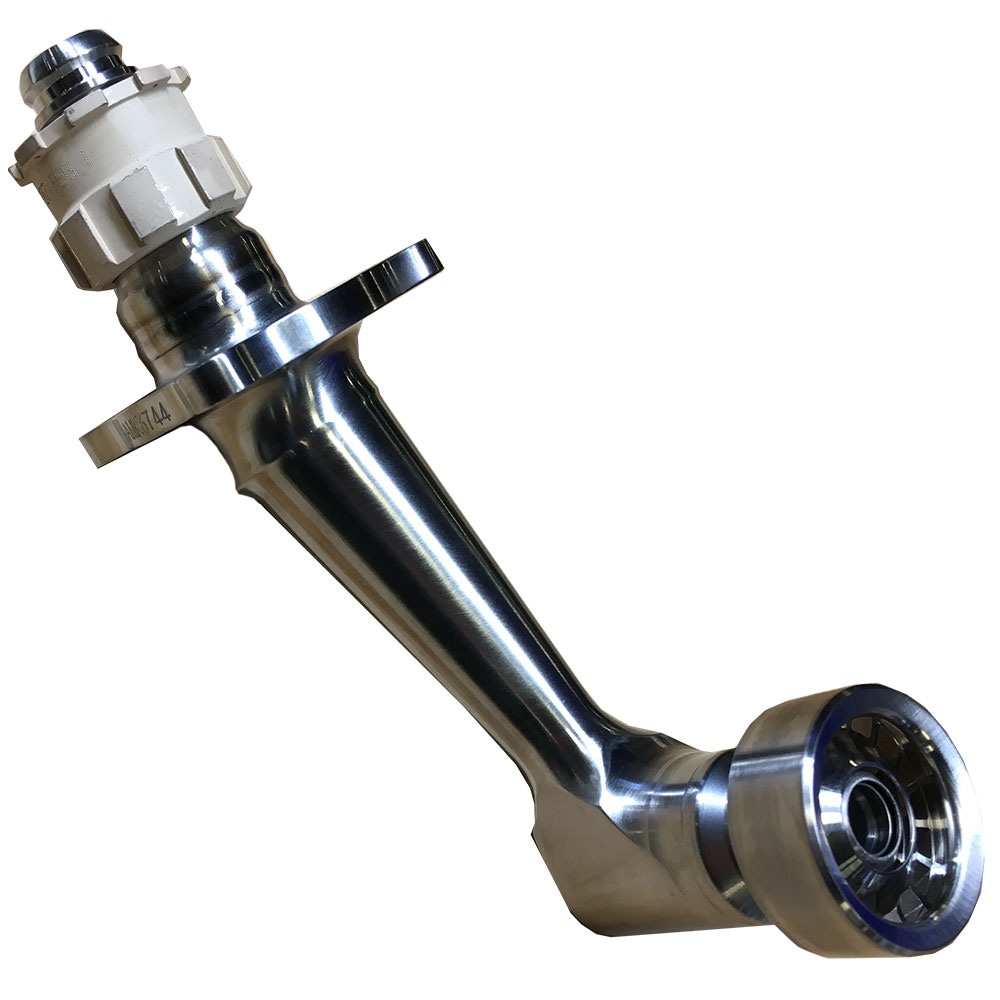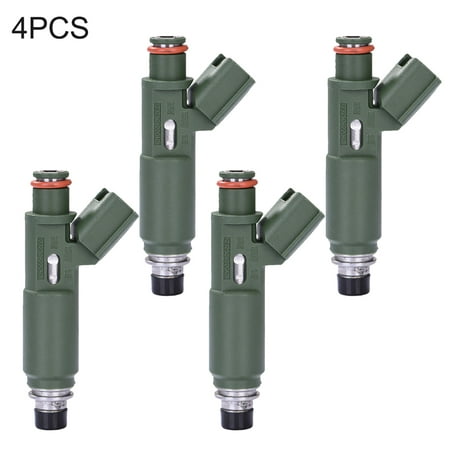Not known Facts About Best Fuel System Cleaner
Table of ContentsBest Fuel System Cleaner Fundamentals ExplainedFacts About Best Fuel System Cleaner UncoveredThe 7-Minute Rule for Best Fuel System Cleaner
This is referred to as a Constant Rail Pressure (CRP) system. ERFS, on the other hand, has no mechanical regulator at all, but rather has a Fuel Rail Pressure Transducer (FRPT) installed on the fuel rail that measures fuel rail pressure relative to manifold pressure and feeds that info back to the PCM.The majority of the time this pressure is kept at 39. 15 psi delta, however when the fuel temperature level increases, this pressure can be increased in order to delay the start of boiling the fuel. Some lorries likewise increase the pressure under some conditions in order to get away with using smaller sized flow-rate fuel injectors for various reasons beyond the scope of this tutorial.
Both V6 and V8 Mustang utilized ERFS between 1999 and 2010 and MRFS from 2011 forward. best fuel system cleaner. If you are attempting to compare injector circulation rates and you have flow information at one delta pressure, you can quickly compute the flow rate at a various delta pressure as follows: What is the flow rate for an injector at 43.
15 psi? Circulation rate at 43. 5 psi delta = 60 x v( 43. 5/39. 15) = 63. 2 lb/hr You can utilize the following information to correctly identify what size injectors are needed for various applications. For this example, we will utilize a naturally aspirated 5. 0L V8 engine making 300 hp.



Some Known Incorrect Statements About Best Fuel System Cleaner
52 lb/hp-hr BSFC at broad open throttle (WOT). High-performance gasoline and race engines (12. 5:1 compression ratio and higher), which tend to be very effective, can in some cases have a BSFC as low as 0. 38 to 0. 42. More clearly mentioned, this means that if you have a gasoline engine that makes 300 brake horsepower, its total maximum fuel requirement in lb/hr can be computed as follows: A 300 hp naturally aspirated gasoline-powered V8 needs what size fuel injector? First, presume a BSFC of 0.
15 psi throughout the injector. 300 hp x 0. 50 lb/hp-hr = 150 lb/hr maximum total fuel circulation requirement Because this is the total fuel circulation requirement to the engine, we must now divide this by the number of injectors being utilized to identify the circulation rate required for each injector so that you can pick the correct size injector from this brochure.
8 lb/hr per cylinder. So, technically, the engine only requires a 19 lb/hr fuel injector to support 300 hp, but this will need that the injector is at nearly a 100% responsibility cycle in order to attain this horsepower level. Responsibility cycle describes how you could check here long the injector requires to be open (running fuel) in order to supply the required quantity of fuel.
Under many conditions, fuel is injected when the consumption valves are closed, which assists with fuel atomization and efficiency. If the injectors require to be on 100% of the time to supply sufficient fuel, this implies that some fuel is being injected while the consumption valves are open. Depending on the overlap of the cam in the engine, a few of this unburned fuel can be blown right past the exhaust valve, or be improperly atomized, which makes for a less-efficient combustion process.
This can trigger extreme irregularity in the quantity of fuel really injected, which can often result in he has a good point an abundant condition. Comparable issues exist at the low end of the flow region at incredibly low task cycles, but this is highly depending on the type and circulation rate of each model of injector.
Some Of Best Fuel System Cleaner
For these factors, we usually suggested choosing an injector with a circulation rate sufficiently high that it will not be required to exceed an 85% duty cycle. So, to figure out what size fuel injector will lead to an 85% duty cycle, divide the original result by 0. 85: 18.
85 = 22. 1 lb/hr requirement. Given that the next popular injector size offered is 24 lb/hr, this is the appropriate size injector that you need to select for this specific application. Keep in mind that this conversation presumes your fuel pump, lines, regulator, and so on, are enough to be able to keep at least 39.
Now that you have actually selected an injector, the calibration (or "tune") in the PCM should either be changed or a different MAF must be utilized. This computation can also be reversed to provide the optimum safe hp a set of injectors can support, which provides: The following guide is a general rule of thumb for sizing fuel injectors on an 8-cylinder engine utilizing a BSFC of 0.
Forced-induction engines normally vary from a BSFC of 0. 55 to 0. 65, with the latter worth emerging from the fuel enrichment needed to keep exhaust temperatures listed below 1650 deg F and driver temperatures below 1750 navigate here deg F. Naturally Aspirated: (19 pound x 8 x. 85)/. 50 = 258.
55: (19 lb x 8 x. 85)/. 55 = 234. 9 or approx 235 hp @ 85% responsibility cycle Forced-Induction @ 0. 65: (19 pound x 8 x. 85)/. 65 = 198. 8 or approx 199 hp @ 85% duty cycle Inj Flow Rate (@ 40 psid) Naturally Aspirated hp (@ 0 (best fuel system cleaner).